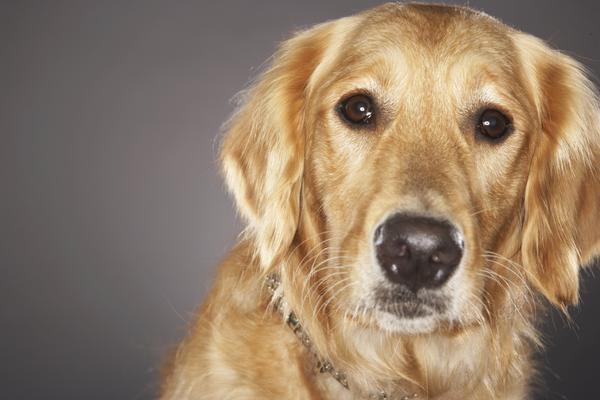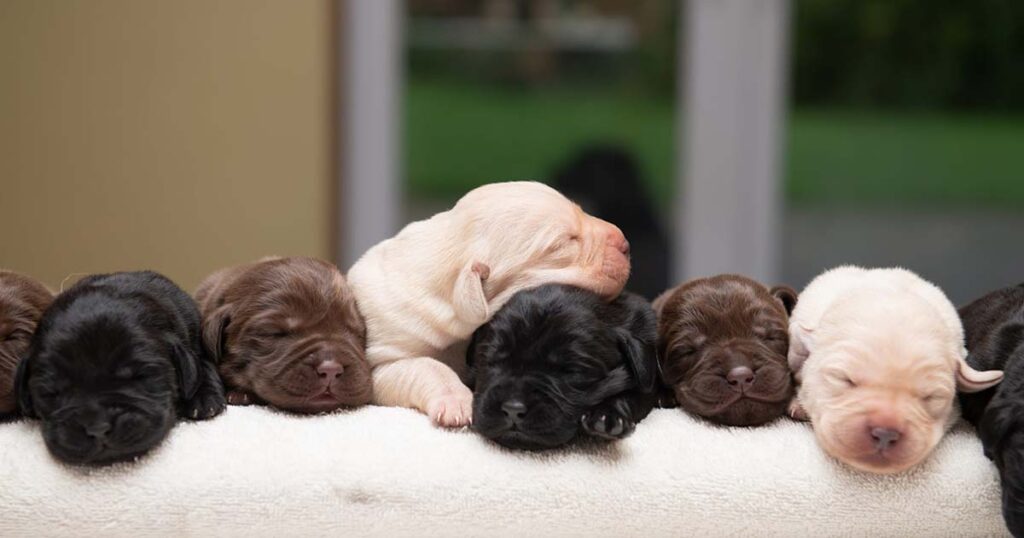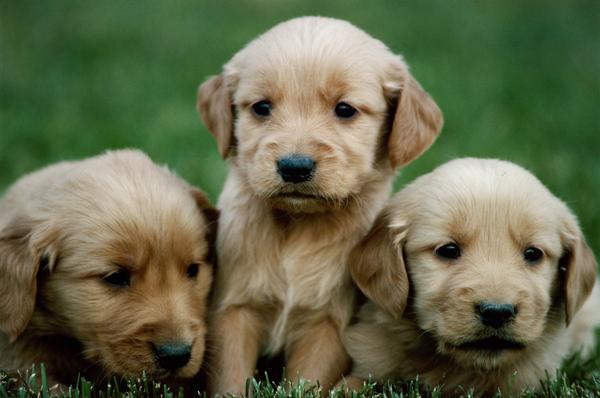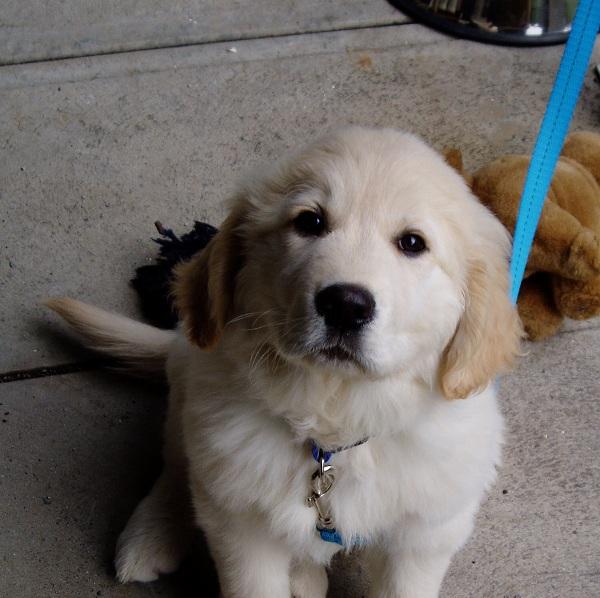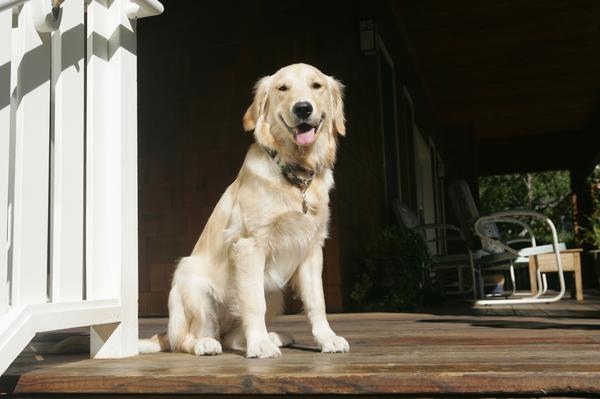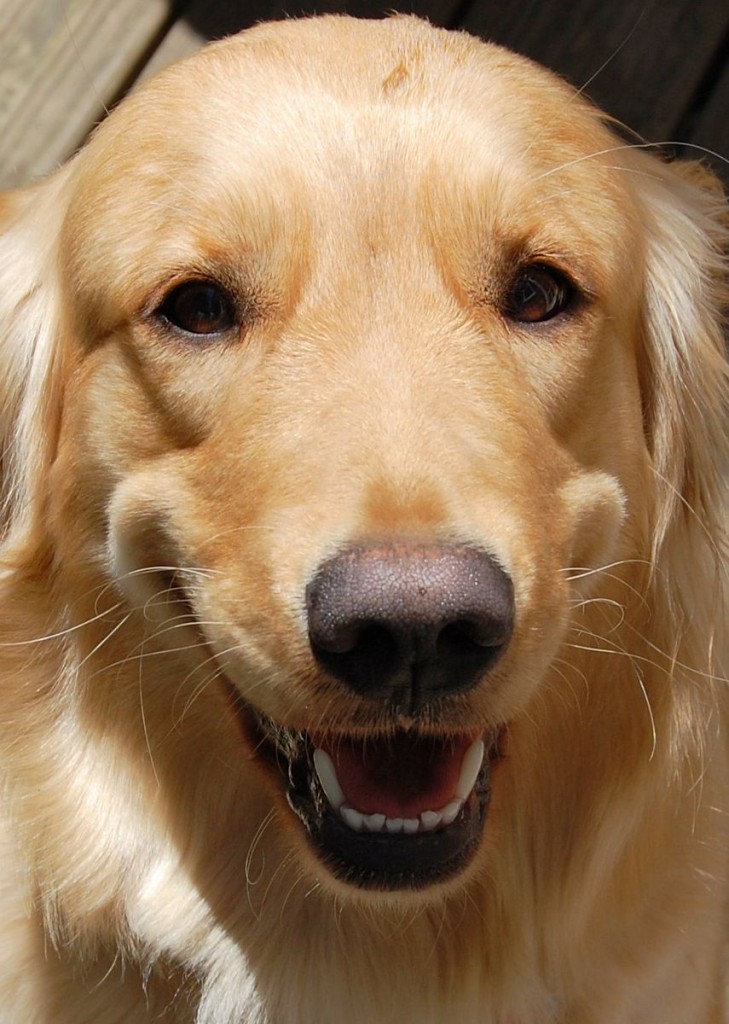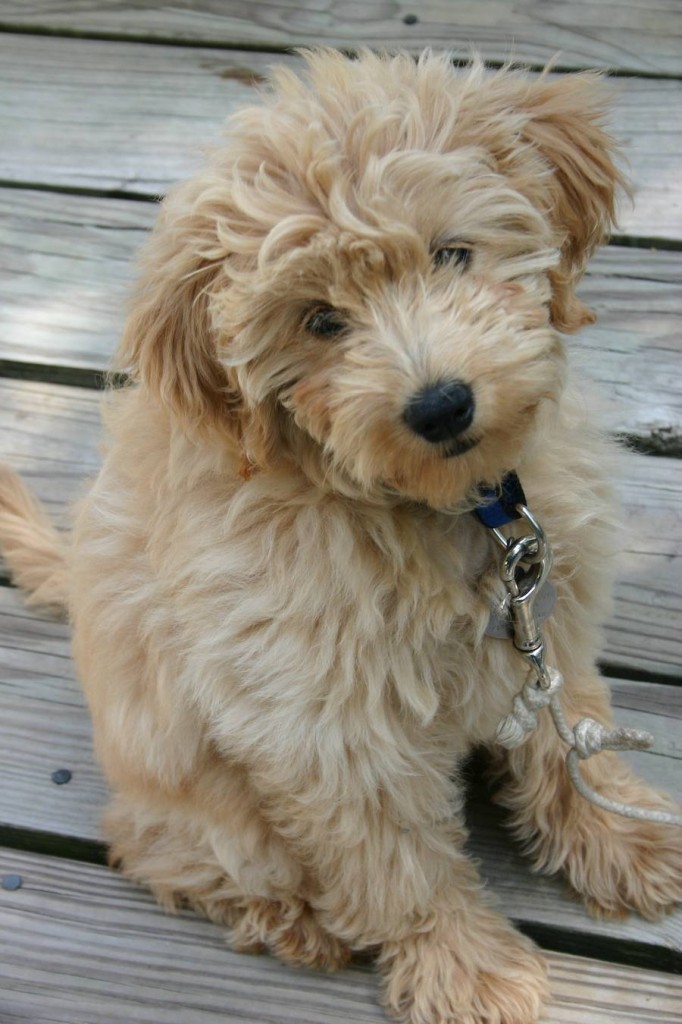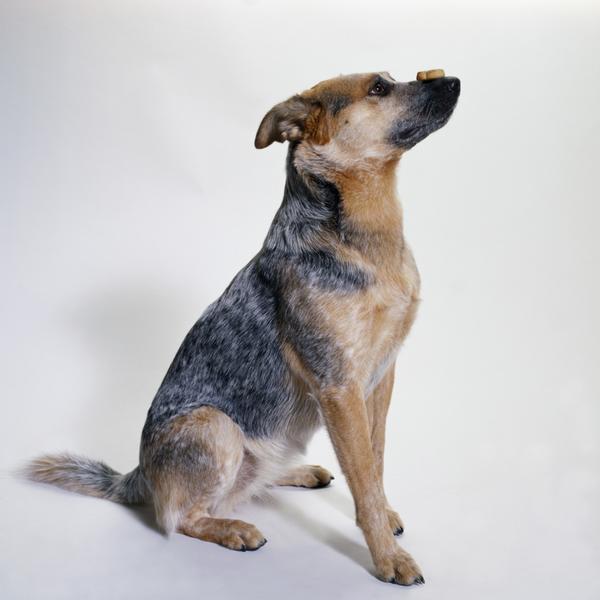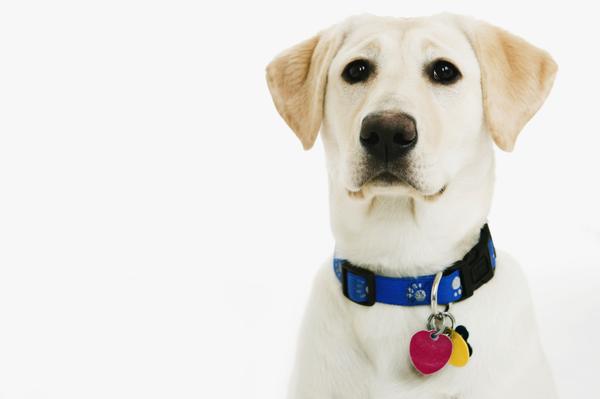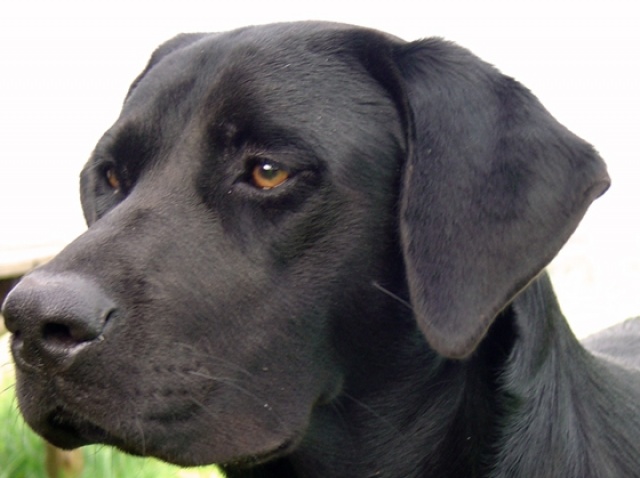While the beautiful double coat of the goldens serves as protection from weather and outdoor elements, it also makes grooming necessary—and time-consuming. Creating a weekly routine for grooming your golden helps promote a healthy coat and gives you additional bonding time. The golden retriever’s double coat requires brushing at least once a week to keep shedding at bay and distribute natural oils that create a shiny, sleek coat. Use a good-quality bristle brush and undercoat rake. Read more…
Author: Sandra Hutchinson
If you’ve wondered how a Labrador retriever of one color gives birth to purebred puppies of another shade, the answer lies in genetics. If you plan to breed your Labrador retriever and want a better idea of possible coat colors, or aim for specific shades, have both parents genetically tested for the coat colors they carry. Veterinary genetic testing services can give you the answer after you swab your dogs’ cheeks and send them the sample. Read more…
With a reputation for being friendly, easygoing and playful, golden retrievers are listed among the American Kennel Club’s most popular breeds. Raise your retriever right and your golden girl will always be happy she chose you. Feeding You’ll want to feed your baby the best, but shopping for quality kibble can be overwhelming with all the selections coming to market. Teach yourself to be a label reader, what to look for when you’re reading puppy food labels. Read more…
The truth is it’s important to socialize your dog no matter what breed it is. Good socialization paves the way for healthy relationships with your family and friends. A dog that isn’t properly socialized can be nippy or even aggressive with people they haven’t met. Goldens are one of the easier dogs to socialize because they have a friendly nature and love attention. In some cases Goldens are more comfortable with those who are the same sex. Read more…
When you’re interested in bringing a certain pooch into your home, it’s essential to do your homework on his breed, whether it pertains to typical aggression levels, common health problems or adult size. If you’re looking into a Labrador retriever, you might be in luck. These bright, jovial mid-sized dogs are rarely aggressive. If you’re looking to steer clear of a breed that is specifically known for aggressive tendencies, Labrador might be the breed for you. Read more…
The English cream Golden Retriever is a variety of one of the two main types of Golden Retrievers: The English Golden retriever and the American Golden retriever. English Golden Retrievers are also referred to as “British Golden Retriever”, “European Golden Retriever”, “English Background Golden Retriever”, “Golden Retriever of English type”, and “Golden Retriever of English breeding”. Actually, there is only one Golden Retriever breed type of dog. It’s just that there are different breed standards. Read more…
A Labradoodle is the result of a Labrador Retriever and a Poodle. A Goldendoodle is a cross of a Golden Retriever and a Poodle. Goldendoodles tend to be larger then Labradoodles. Some Goldendoodles have grown to more than 100 pounds. The size of the Dood depends on its parentage. A general rule of thumb is to add both the parents weights together and divide by 2 to get an average adult weight on the puppies. Read more…
A Labrador retriever crossed with a blue heeler, also known as an Australian cattle dog, is one smart canine. Ideally, this hybrid dog combines the intensity of the blue heeler with the affable disposition of the Labrador retriever. Some people call these dogs “Labraheelers.” The Australian cattle dog’s ancestry includes the dingo, the wild dog of the continent. In the 19th century, Australian ranches bred Dalmatians, blue merle collies and other breeds to the dingo. Read more…
Labradors are beloved pets and show dogs. The American Kennel Club accepts three coat colors for show: solid black, yellow or chocolate. Dudley Labs are a particular type lacking pigmentation in certain areas — therefore making it ineligible for shows, but more than welcome as a family companion and pet. Dudley Labs lack pigmentation on the eyes, eye rims, muzzle, and nose, /they look pink/ a very rare genetic trait that affects only the yellow Labrador retrievers. Read more…
How big are Labrador Retrievers? About 21-25 inches at the shoulder, with males usually in the higher half of that range, and females usually in the lower half. Weight can be as low as 55 pounds, but is usually 65-80 pounds. Unfortunately, the trend seems to be for heavier and heavier Labs, with a lot of individuals topping 90 pounds. I say unfortunately because heavier weight isn’t good for their joints. Where does the Labrador Retriever come from? Read more…

